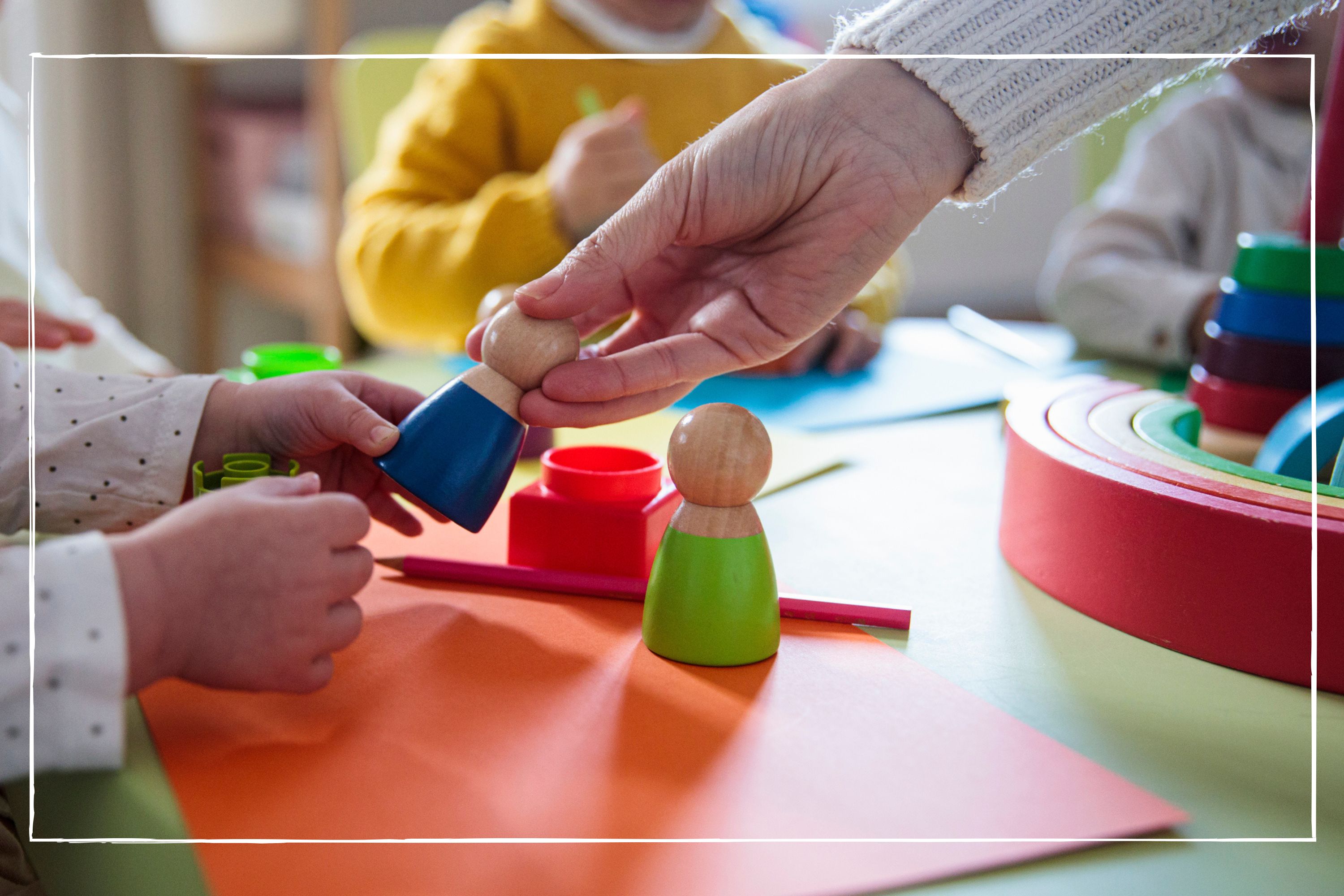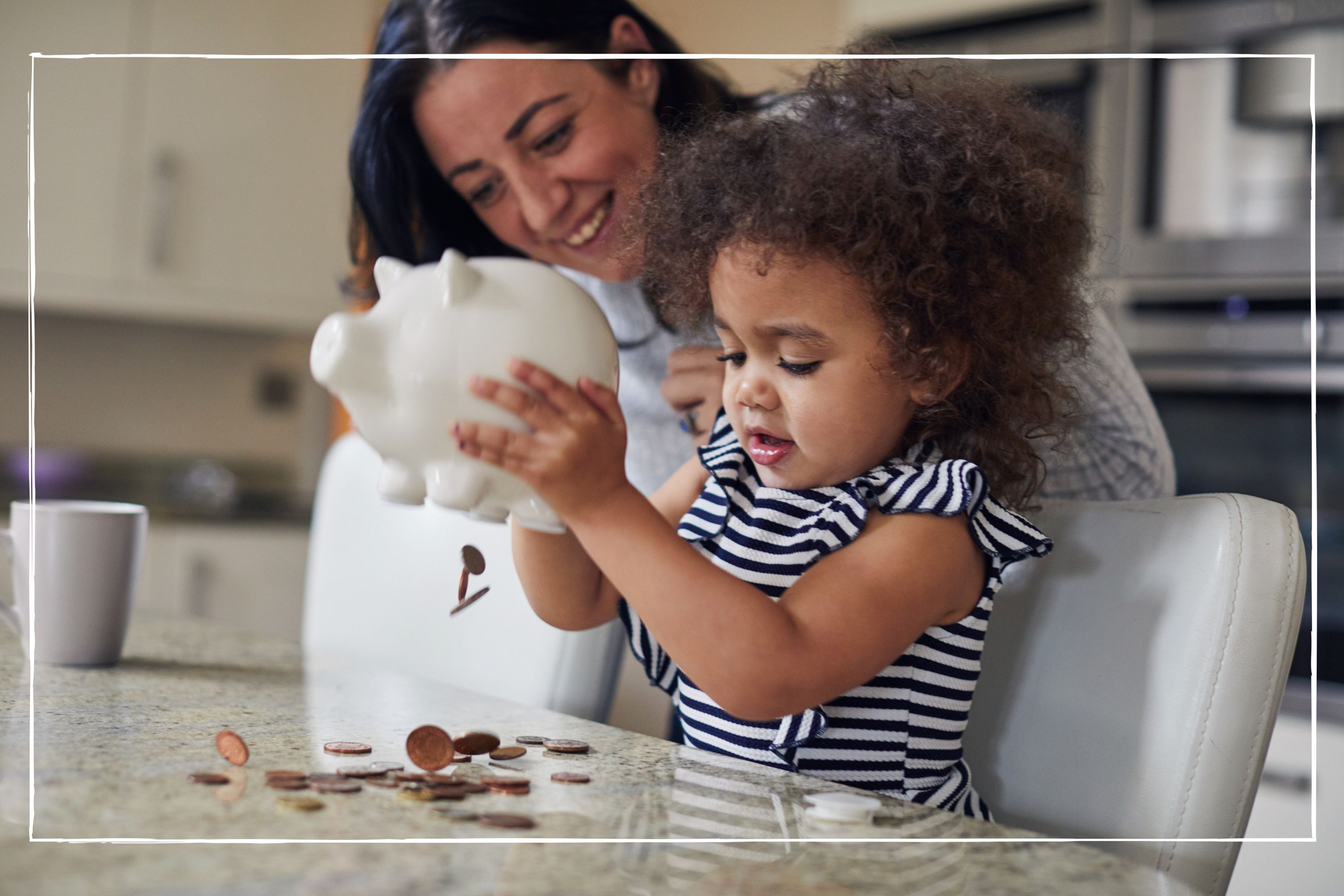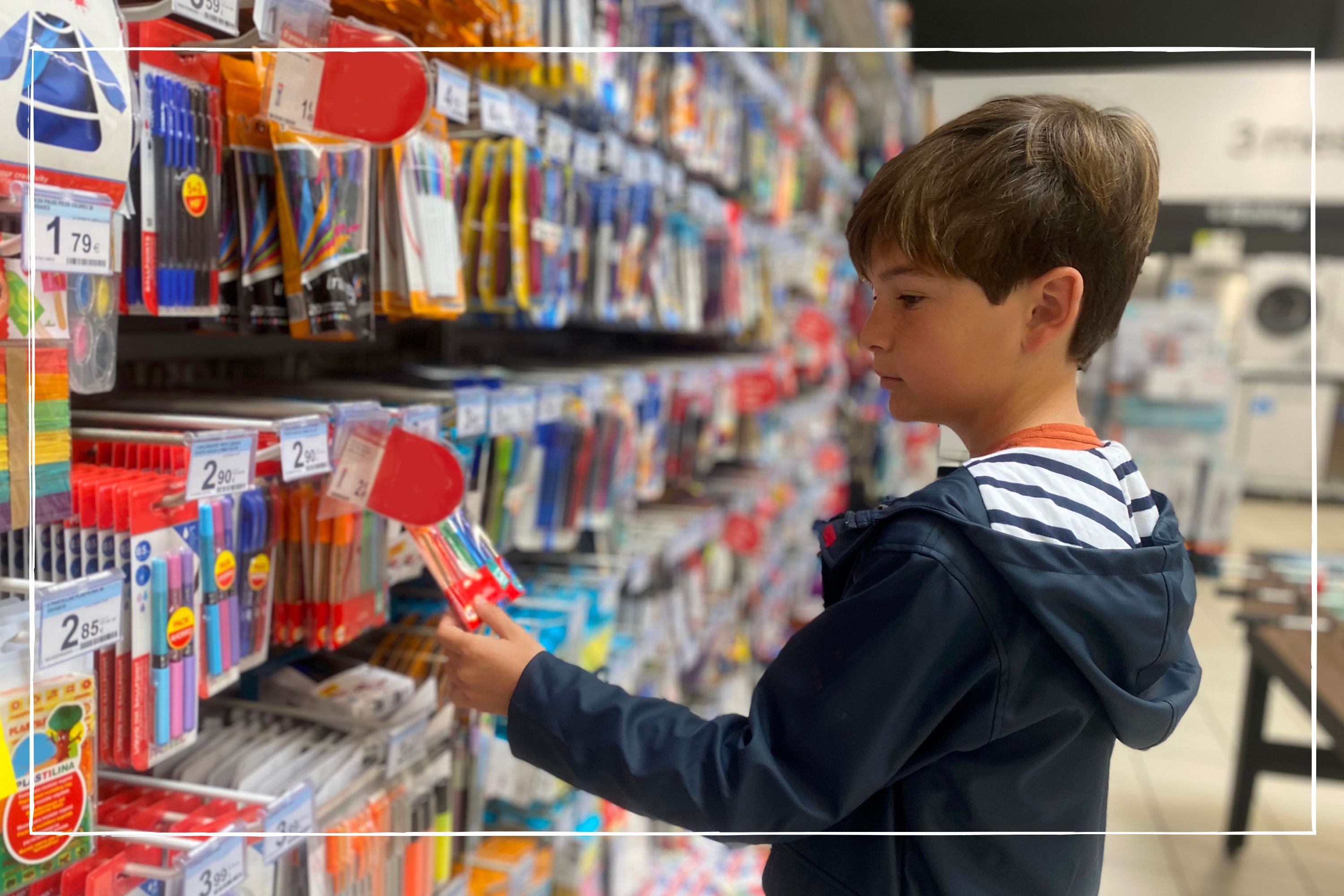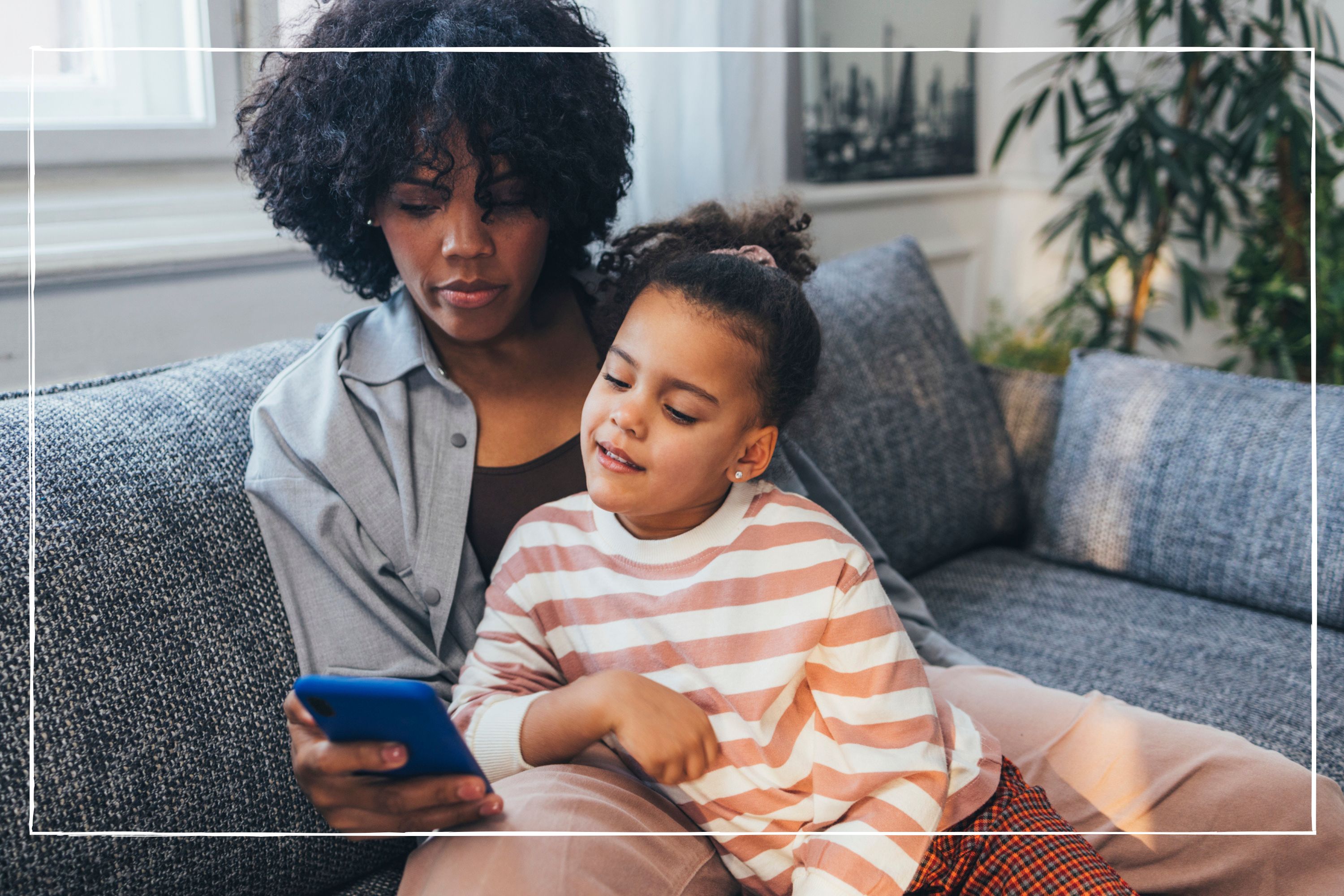What is the tax-free childcare allowance and are you eligible to receive it?
Could you be one of the 800,000 families eligible for the tax-free childcare allowance and not claiming it? Read this guide to check how this scheme works and if you are eligible


More and more parents are using the government’s tax-free childcare allowance to cut nursery and childminder costs. Around 384,000 families used the childcare scheme in March 2022, according to data from HMRC. That’s the highest level since the scheme was launched in 2017.
But almost 800,000 families are eligible for tax-free childcare but don’t claim the money, according to wealth manager AJ Bell. That amounts to almost £3bn of free money that isn’t being used. At a time when average childcare costs are on the rise and parents are increasingly worried about how much it costs to raise a child, it’s important to make sure you are claiming any financial support you are eligible for to ease the squeeze of the cost of living.
Personal finance expert, Kalpana Fitzpatrick, says: “Childcare prices can be extortionate, so getting all the help you can to take the edge off stinging costs is a no-brainer.”
What is tax-free childcare?
The tax-free childcare allowance is a government scheme to help parents with the cost of nurseries, childminders and wrap-around care. The allowance means the government pays you back the basic rate of income tax you’ve paid on money you use to pay for childcare.
In short this means the government pays 20% of your childcare bills for you.
Laura Suter, head of personal finance at AJ Bell, says: “The tax-free childcare scheme is not well advertised by the government, with many families not knowing it exists or how they can use it.
“There is also a common misconception that it’s only available for pre-school children, when it can actually be claimed until children are 11, or 17 if they are disabled. What’s more, lots of families who are claiming the 30-hours free funding incorrectly think that they won’t also be eligible for the tax-free childcare scheme.”
GoodtoKnow Newsletter
Parenting advice, hot topics, best buys and family finance tips delivered straight to your inbox.
How does tax-free childcare work and do you get it per child?
The tax-free childcare scheme adds 20p to every 80p you pay into your childcare account. The government will contribute up to £2,000 to your childcare account per year per child. This rises to £4,000 if your child is disabled.
You can use your tax-free childcare allowance to pay for a whole range of different types of childcare. These include:
- Nursery
- Childminders
- Nannies
- Au pairs
- Playgroups
- Breakfast and after school clubs
- Holiday camps
- Holiday clubs such as football club
To be able to pay with your tax-free childcare allowance, the childcare provider has to be registered with the Tax-Free Childcare scheme and a regulator such as Ofsted, the Early Years Register or the Childcare Register.
As well as the annual limit, the government also places a quarterly cap on the top-up. This is £500 per child. This means that it is worthwhile paying into your childcare account all year round – even if you don’t need to pay for any childcare one month. That way you spread your bills and avoid the £500 three-monthly limit.
Is everyone eligible for tax-free childcare?
Not everyone will be eligible for tax-free childcare. You will need to meet specific criteria to qualify. In most cases, you need to be working to be eligible for tax-free childcare. If you have a partner, you both need to be working to qualify.
Working parents qualify for tax-free childcare if:
- You have children aged 11 or younger
- You have disabled children aged under 17.
There are also earnings requirements to be eligible for tax-free childcare. You and your partner – that’s who you live with, not necessarily the child’s other parent – must each earn at least £152 a week but less than £100,000 a year.
You also qualify if you aren’t working for the following reasons:
- You are on sick leave
- You are on annual leave
- You are on shared parental, maternity, paternity or adoption leave
- You or your partner work, but the other can’t work and receives certain benefits including incapacity benefit, carer’s allowance or the severe disablement allowance.

How do I get the tax-free childcare allowance?
In order to claim the tax-free childcare allowance, you need to create an online childcare account. You do this through the government’s tax-free childcare website. You’ll need your national insurance number to set up your account and, if you are self-employed, your unique taxpayer reference.
Once your account is set up, you can pay in money either via a standing order or by making a payment with your debit card. The government top-up should be added to your account within 24 hours of you making a deposit. You can then pay your childcare provider directly from your childcare account.
Be aware that you must reconfirm that you are eligible for the tax-free childcare account every three months. You’ll get an email reminder when it is due, and it only takes a couple of minutes.
Can I use childcare vouchers and tax-free childcare?
You cannot receive childcare vouchers and use the tax-free childcare allowance. The childcare vouchers scheme was closed to new applicants in April 2018, but if you were already signed up you could still be receiving childcare vouchers.
Don’t assume because tax-free childcare is the newer system it is better. Up to 60% of parents who are getting childcare vouchers will be better off sticking with them, according to Wider Plan, an employee benefits specialist. There are several reasons for this:
- No minimum earnings to qualify for childcare vouchers
- No maximum income limit for childcare vouchers
- Only one parent must work to qualify for childcare vouchers
- Higher maximum age of 15, rather than 11 for tax-free childcare.
However, there are drawbacks to the childcare voucher scheme too. Firstly, it is paid per parent, not per child, which can be limiting for larger families. With tax-free childcare the more kids you have the more you can claim.
Also, the maximum you can receive through childcare vouchers is lower than with the tax-free scheme so if your childcare costs are high vouchers may not be the best choice. With childcare vouchers you can sacrifice up to £243 of your salary each month in return for vouchers. This works out as a maximum annual saving of £933 per parent for a basic-rate taxpayer. With up to £2,000 a year available under the tax-free childcare scheme it could be the better choice if you have lots of kids and high childcare costs.
Self-employed parents don’t qualify for childcare vouchers so tax-free childcare is the only choice.
If one parent qualifies for childcare vouchers, then the other parent cannot claim tax-free childcare. So, opting for tax-free childcare must be a joint decision as you’ll be giving up future childcare vouchers.
If you do opt for tax-free childcare rather than vouchers you can still use any vouchers you have already accrued.

Ruth is a personal finance journalist with 17 years’ experience writing about everything from pensions to pet insurance. Ruth started her career as a staff writer for MoneyWeek and she continues to edit their personal finance section. Ruth also writes for numerous national publications including The Sunday Times, The Times, The Mail on Sunday and Good Housekeeping. Ruth is passionate about ethical investing and encouraging people to take control of their finances and not be put off by jargon.
-
 How to save money: 28 family-friendly money-saving tips for mums and dads
How to save money: 28 family-friendly money-saving tips for mums and dadsUnderstanding how to save money is key to limiting the impact of rising costs as much as possible
By Sarah Handley
-
 14 hidden benefits of your Amazon Prime membership
14 hidden benefits of your Amazon Prime membershipWe reveal the less-obvious perks of a Prime membership that will help you get the most value out of your subscription fee
By Rachel Wait
-
 14 surprising ways to spend your Tesco Clubcard vouchers - from restaurants and cinema passes to mini breaks and Disney+
14 surprising ways to spend your Tesco Clubcard vouchers - from restaurants and cinema passes to mini breaks and Disney+Tesco Clubcard vouchers can help you cut the cost of everything from groceries and travel to days out and cinema tickets
By Heidi Scrimgeour
-
 How to get Disney+ for free and save up to £79.90 a year
How to get Disney+ for free and save up to £79.90 a yearEven though the streaming giant ended its free trial offering, there are still multiple ways you can get Disney+ for free for up to 12 months
By Sarah Handley
-
 Parents of teens who have just taken their GCSEs urged to check child benefit status ahead of August deadline
Parents of teens who have just taken their GCSEs urged to check child benefit status ahead of August deadlineWith a child benefit deadline looming, some parents could see their payments reduced or stopped altogether - here's why
By Sarah Handley
-
 Parents should hold off buying this back to school staple 'as close to their first day as possible', says retailer
Parents should hold off buying this back to school staple 'as close to their first day as possible', says retailerWith parents turning their attention to kitting their kids out for the new school year, research suggestions which items should be left until the last minute
By Sarah Handley
-
 7 ways to save on back to school essentials, as its revealed parents will spend £2.3 billion in 2024
7 ways to save on back to school essentials, as its revealed parents will spend £2.3 billion in 2024We share ways you can get your child all the bits and bobs they need for the new school year, without breaking the bank
By Sarah Handley
-
 What day is child benefit paid around the bank holiday? Everything parents need to know
What day is child benefit paid around the bank holiday? Everything parents need to knowKnowing which day child benefit is paid when it comes to the bank holiday can help families plan their budgets accordingly
By Sarah Handley